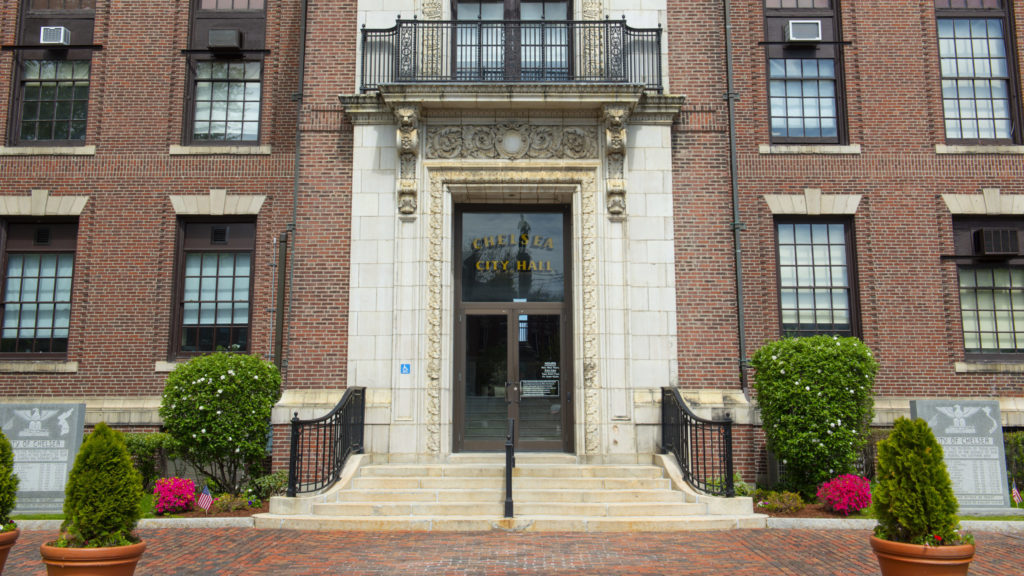The FWD #135
274 Words
While we wait for a vaccine, data suggest affordable housing is helping stop the spread of COVID-19.
Chelsea, Massachusetts is a small city that sits across from Boston on the north bank of the Mystic River. Elizabeth Cady Stanton, Horatio Alger, and many other important Americans have called it home at some point in its history. This year, however, it’s better known for having one of the highest rates of COVID-19 infection in the state and—at certain points—the whole nation.
Unfortunately, Chelsea’s challenges with the virus were predictable. The majority of the workforce hold essential jobs that cannot be done at home, particularly in service and industrial occupations. Over a third of the population is foreign-born, over half is Latino, and a quarter live in poverty. Combined with rising housing costs, many essential workers were already in less-than-ideal housing situations—most worryingly, doubling up with other households. As we’ve covered in previous blogs, inequitable housing situations amplify public health disparities.
This overcrowding—not density—drives the rapid spread of COVID-19. One important piece of evidence is the success of Chelsea residents in affordable apartments provided by The Neighborhood Developers (TND), a nonprofit housing provider. According to Shelterforce, the infection rate in TND properties has been seven times lower than the community average, because no doubling up is necessary. Another housing nonprofit in the area, Nuestra Comunidad, reported rates in its portfolio were four times lower than in the community as a whole.
These results match what we heard from nonprofit housing providers in the Richmond area back in the spring. As we march toward a new year with a hopeful vaccine in sight, we must continue to treat safe, affordable housing as an important method to control this pandemic and keep our neighbors healthy.
